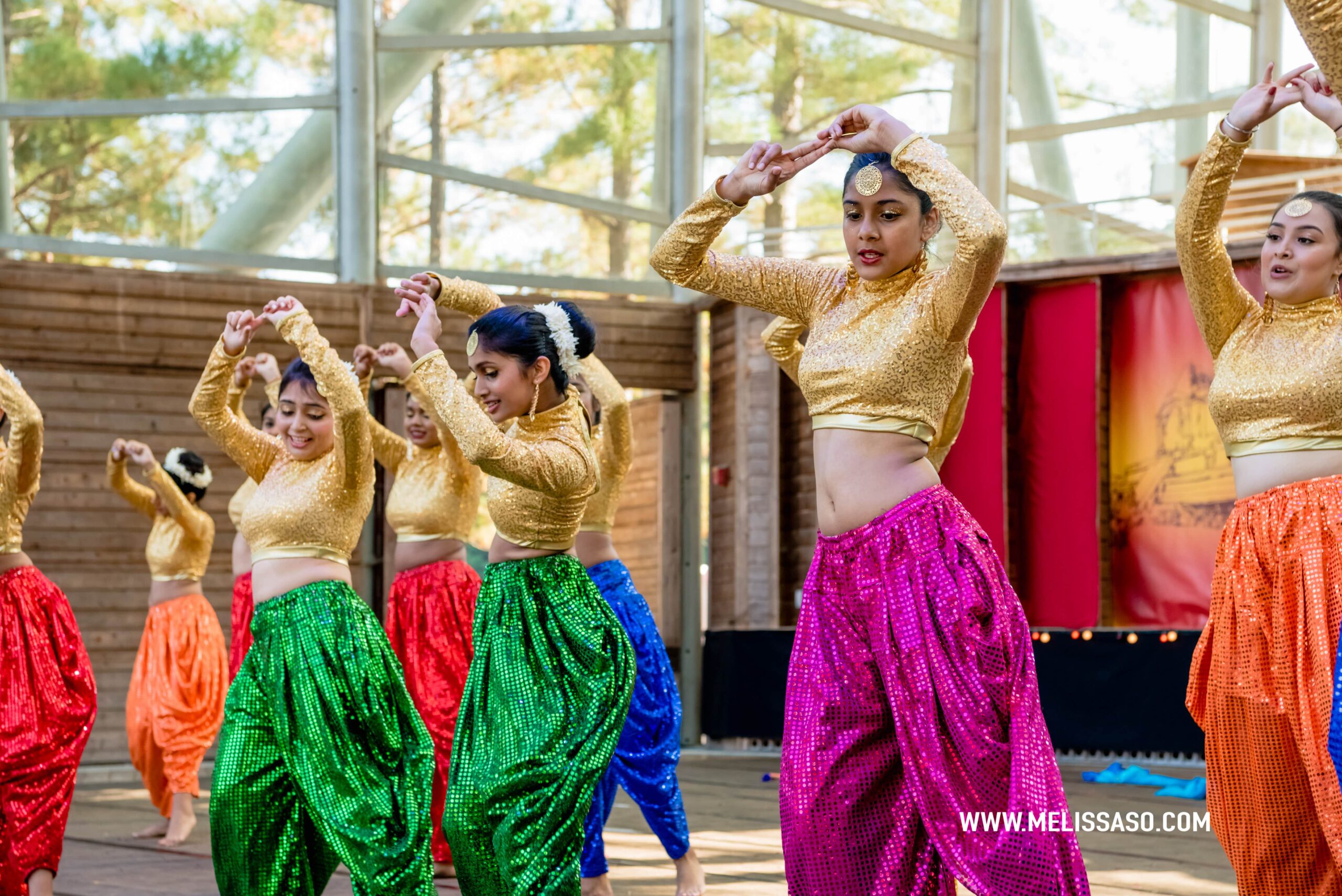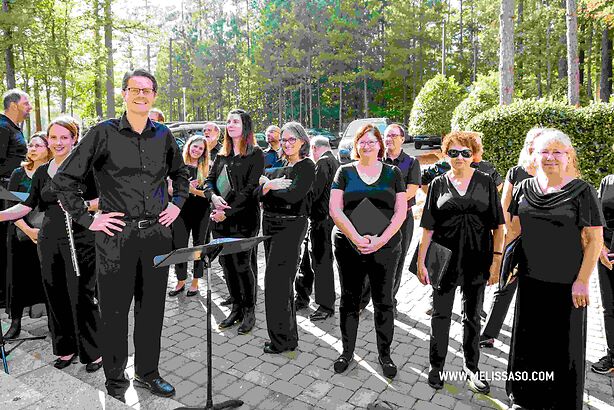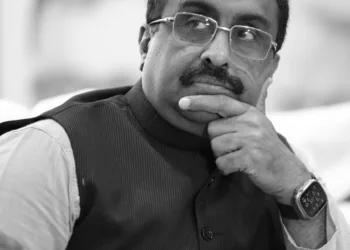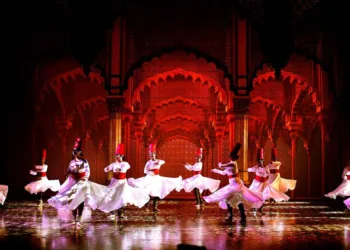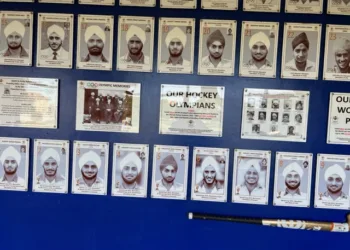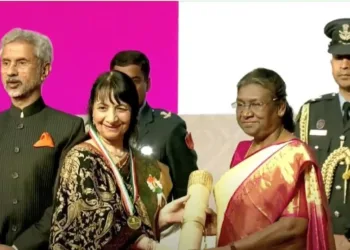Cary Diwali in North Carolina showcases Indian culture in its diverse forms
By Usha Shankar
Come June and the promise of the long, hot, lazy days of summer looms large for the “Tar Heel State” of North Carolina in the US Southeast. But there is a buzz in the Indian community of the Triangle, dubbed the Silicon Valley of the East, comprising the cities of Raleigh, Durham, and Chape-Hill that house the three well-known universities of Duke, University of North Carolina Chapel-Hill, and NC State. There is an air of anticipation as Triangle dance and music schools await announcement of the area’s biggest Indian community event, Cary Diwali.
Growing in scale and reach from modest beginnings in 2000, Cary Diwali brings together the community to celebrate that most iconic of Indian festivals at the Koka Booth Amphitheater. It is spearheaded by the cultural non-profit Hum Sub in partnership with the Town of Cary and is a day-long event held in the second week of October. The Cary Diwali stage has evolved into a sought-after performing arts stage for children as young as seven as well as confident teens on the threshold of university education, with a passion for learning and pursuing traditional Indian music and dance forms. It is both a celebration of their Indian heritage and a reiteration of their American identity.
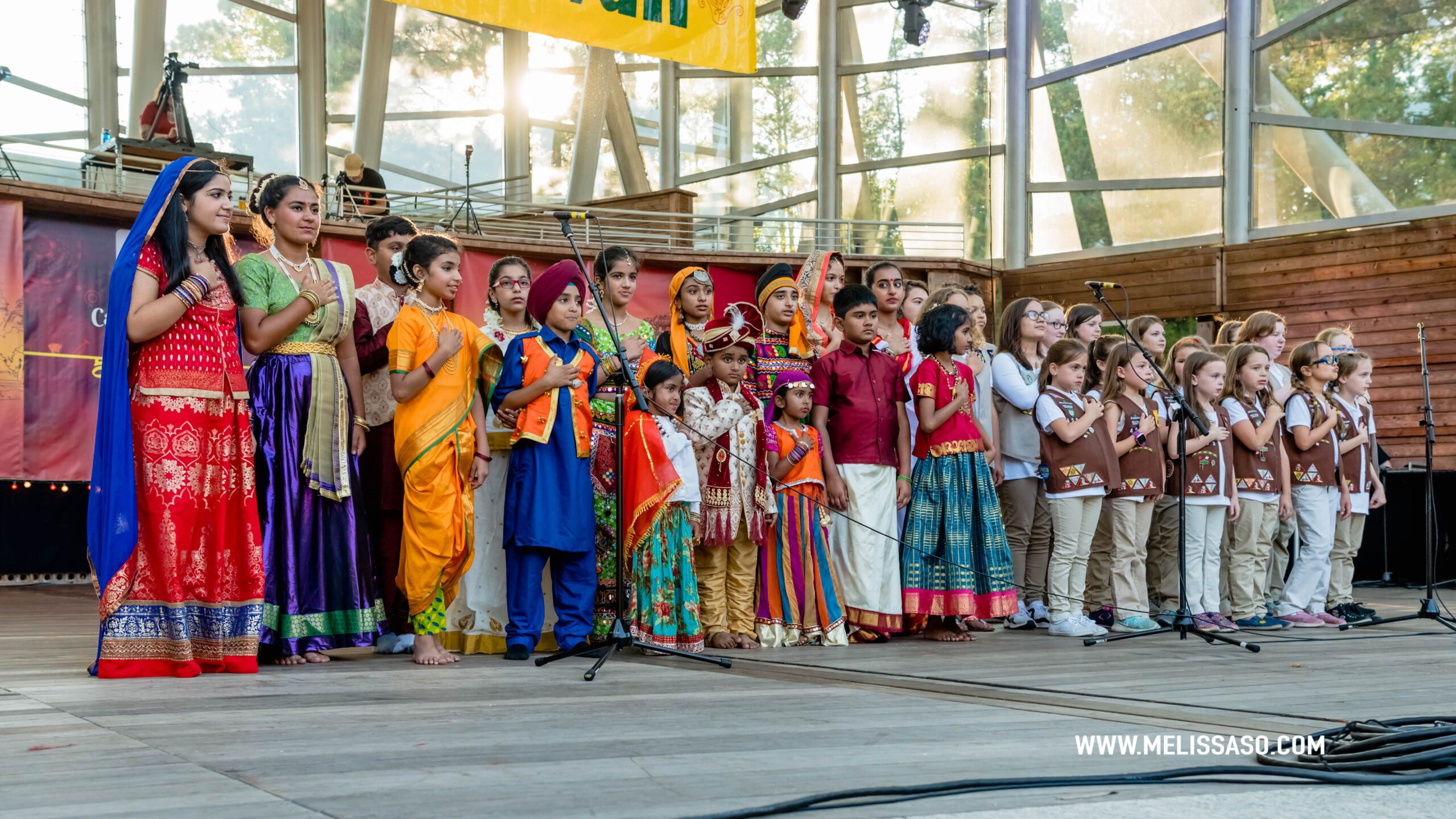
Over the years, a number of schools have been established in the Triangle to expose Indian children to traditional dance forms such as Bharatanatyam, Kathak, Kuchipudi, and Odissi as also to popular ones such as Bhangra and folk. In addition, music schools that offer training in playing the tabla, mridangam, flute and other instruments, besides vocal music, are given the opportunity to put their students under the spotlight and showcase their talents in front of crowds that have exceeded 15,000 in some years. Committed teachers of these dance and music schools get the opportunity to tap into their creative sides by presenting short dance-dramas with contemporary themes such as climate change.
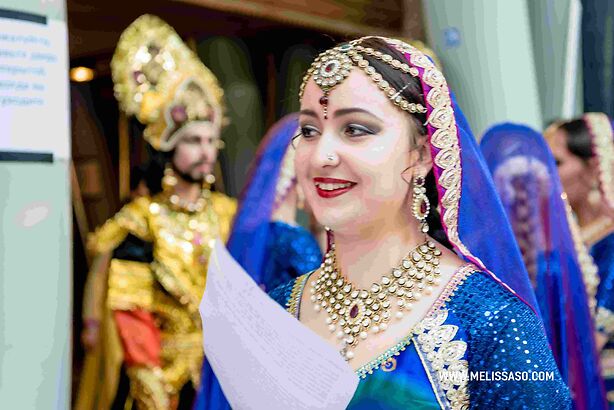
The applications to perform at Cary Diwali typically open in July, followed by a transparent and rigorous selection process where performance pieces are judged for creativity, originality, and audience appeal, among other criteria. The evening headliner event is typically anchored by an artiste flown in all the way from India, with stage support from some of the most talented dancers and singers from the local community. In recent years, these artistes have included Kavitha Krishnamurthy, Sadhna Sargam, Ila Arun, and Alisha Chinai. The Hum Sub team does a good job of keeping the name of the prime time artiste secret till it is teased out of them, and all of the drama around it makes for quite a delectable lead-up to the event.
Growing in scale and reach from modest beginnings in 2000, Cary Diwali brings together the community to celebrate that most iconic of Indian festivals at the Koka Booth Amphitheater
Then there is the University Dance Competition segment where shortlisted teams from the many universities in the state get to vie for the winning spot in the final round that is held at Cary Diwali. This engagement with the younger crowd is in addition to the Youth Achievement Award that honours the many commendable feats of middle and high school students both inside and outside their classrooms. Both these initiatives are made possible by generous sponsorships from community members who recognise the need to laud efforts aimed at creating the next generation of leaders who are comfortable in all the many roles they will be called upon to play in an increasingly globalised world.
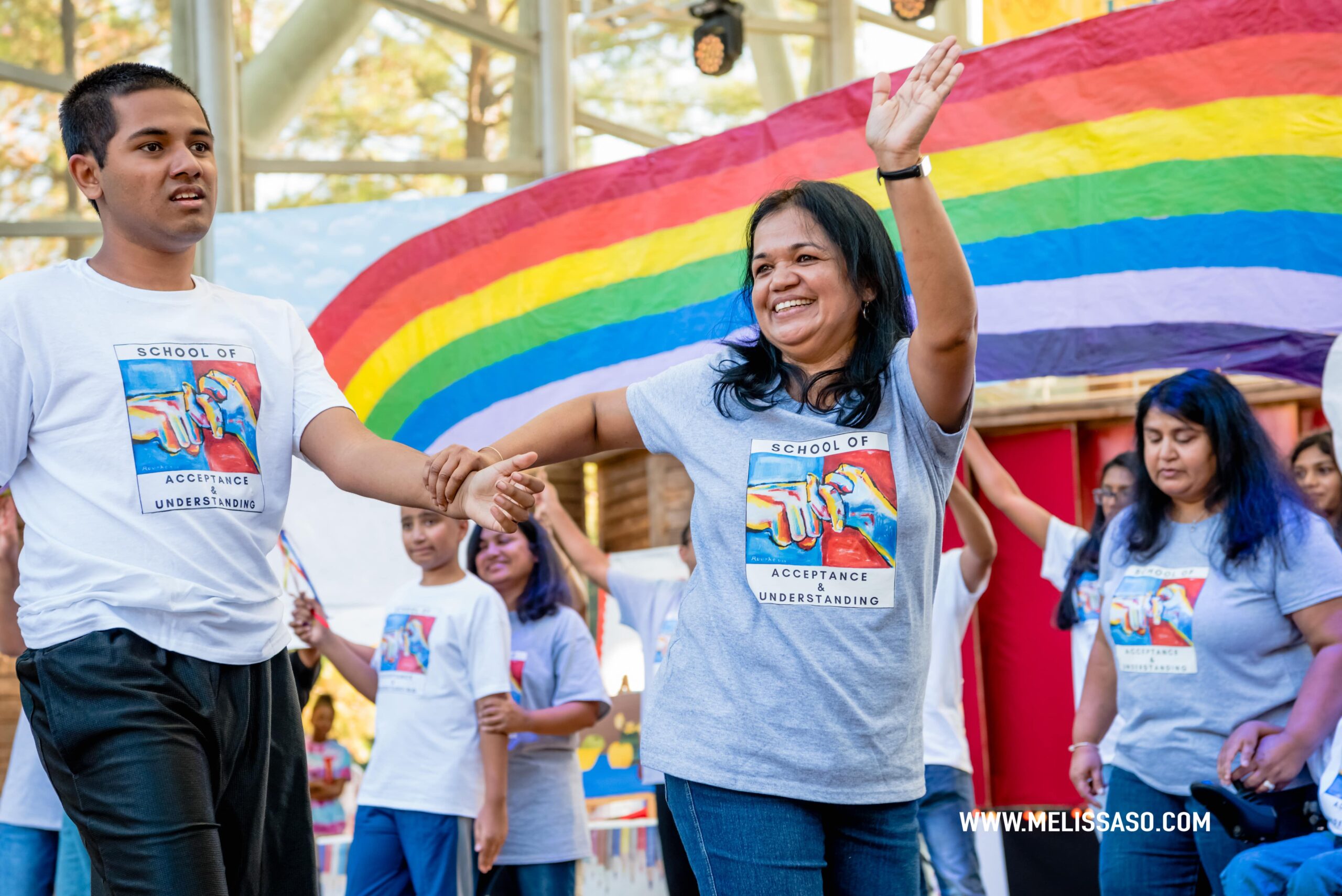
The mela air at Cary Diwali is wonderfully created by the selection of some of the top restaurants of the area who compete for the limited vendor spots to bring to audiences some of their best-loved snacks and street foods. Many home-based businesses spend months before the event to get the pulse of the latest fashion trends in India so they can bring the finest of Indian clothing, personal accessories, and home décor to patrons who flock to the venue early for the best deals.
In sync with the town’s ethos of a vibrant, multi-cultural, multi-ethnic identity, the Hum Sub team organizes a carefully curated exhibition of one aspect of Indian culture, which serves to both educate young Indian Americans and those from other immigrant communities and makes for interesting cultural conversations. In recent years, the themes have included Indian textiles and textile crafts, spices of India, and Indian literature in both English and the vernacular languages.
The Diwali event also helps foster engagement with special-interest groups such as seniors, for whom a prime performance spot is reserved in the evening. One year, a heartwarming dance-drama put up by special needs children, to help raise awareness of conditions such as autism, brought the audience to its feet as one and left hardly a dry eye in the crowd.
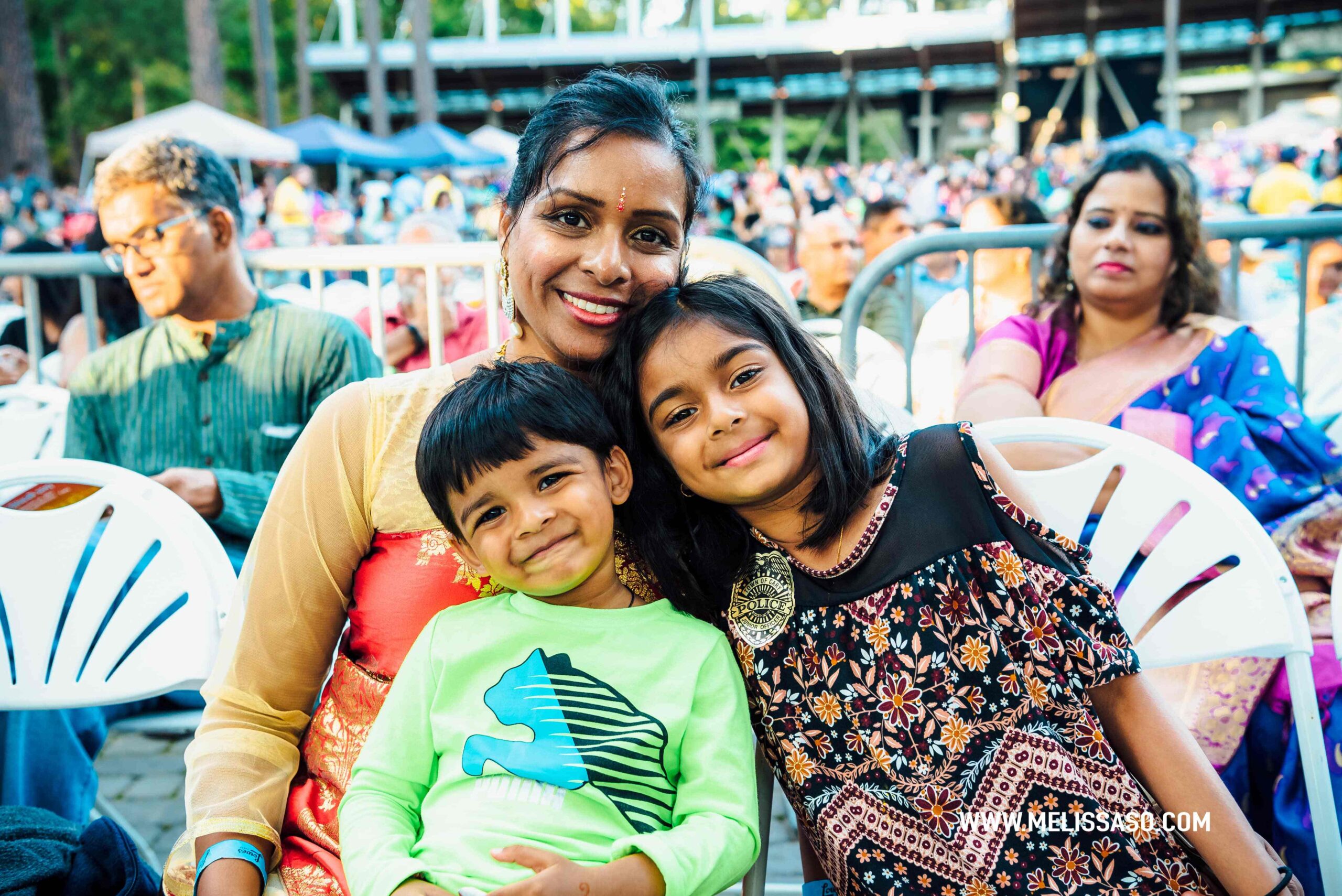
Cary Diwali has become synonymous with wholesome family entertainment of high standards and is put together by professionals to bring to the event the same professionalism and attention to detail that has made the Indian immigrant community a model one.
When the curtain finally rings down on the cool, crisp October evening, and the last notes fade in the distance, just as a fantastic fireworks display goes off to signal the end of the day’s festivities, what lingers on for days in the mind’s eye is the burst of colour, the exuberance of youth, the innocence of childhood, the passion of genius, the love of India, and the embrace of America.
(The author is based in Cary, North Carolina.)


